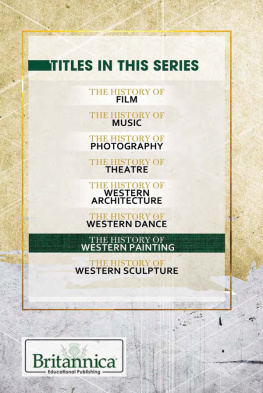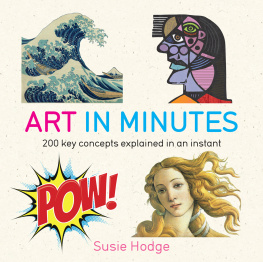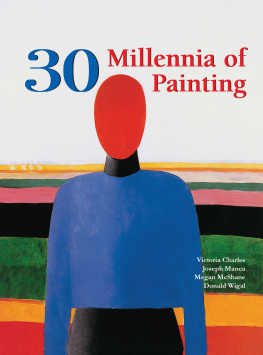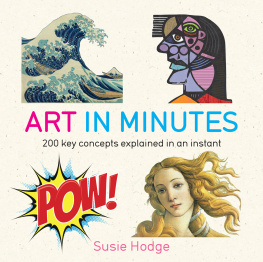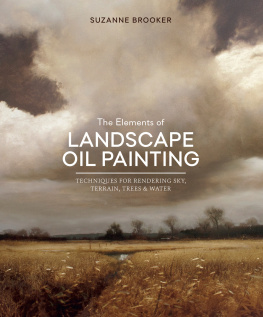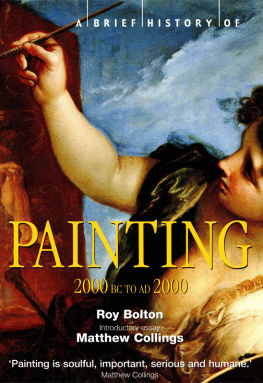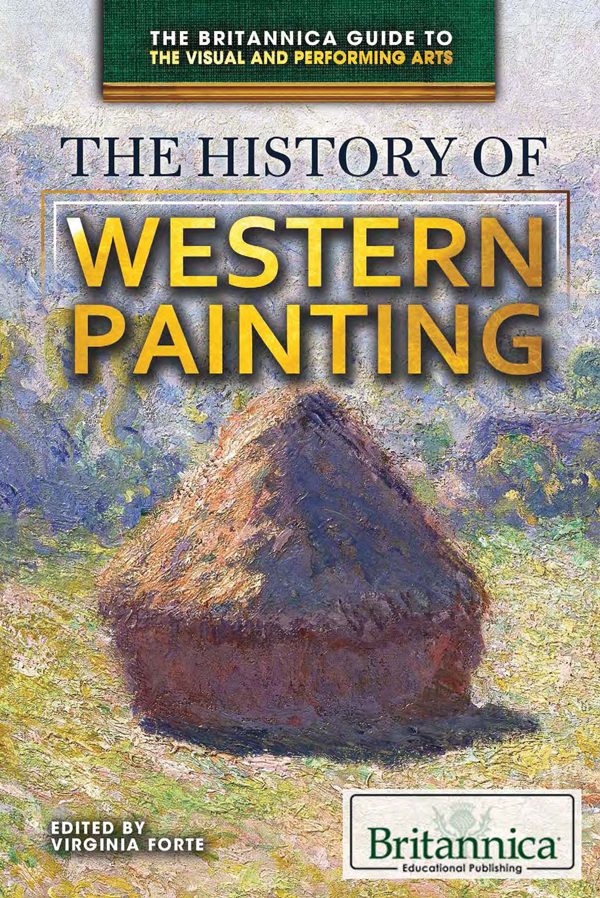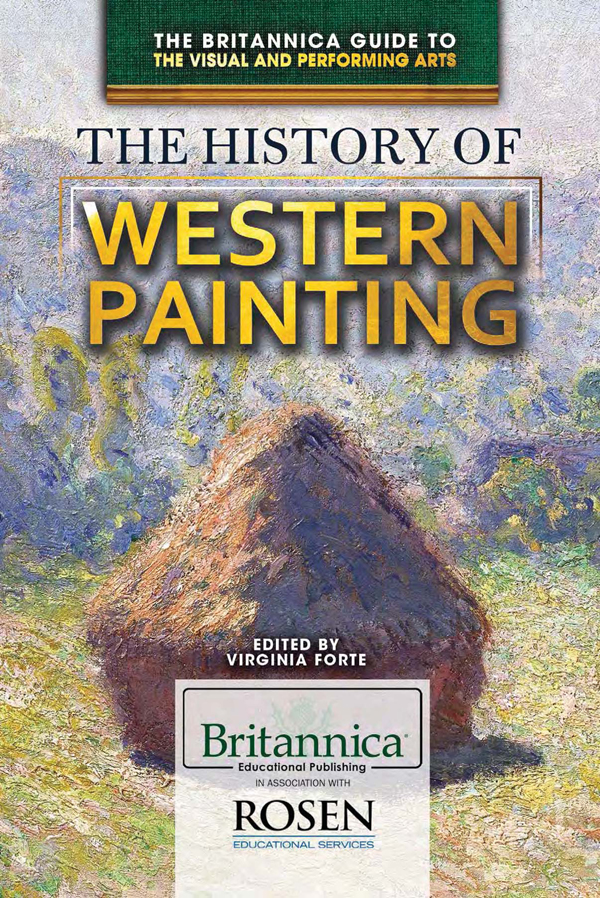
Published in 2016 by Britannica Educational Publishing (a trademark of Encyclopdia Britannica, Inc.) in association with The Rosen Publishing Group, Inc.
29 East 21st Street, New York, NY 10010
Copyright 2016 by Encyclopdia Britannica, Inc. Britannica, Encyclopdia Britannica, and the Thistle logo are registered trademarks of Encyclopdia Britannica, Inc. All rights reserved.
Rosen Publishing materials copyright 2016 The Rosen Publishing Group, Inc. All rights reserved.
Distributed exclusively by Rosen Publishing.
To see additional Britannica Educational Publishing titles, go to rosenpublishing.com.
First Edition
Britannica Educational Publishing
J. E. Luebering: Director, Core Reference Group
Anthony L. Green: Editor, Comptons by Britannica
Rosen Publishing
Hope Lourie Killcoyne: Executive Editor
Virginia Forte: Editor
Nelson S: Art Director
Michael Moy: Designer
Cindy Reiman: Photography Manager
Introduction and supplementary material by Barbara Krasner
Library of Congress Cataloging-in-Publication Data
The history of Western painting/Edited by Virginia Forte.First Edition.
pages cm.(The Britannica guide to the visual and performing arts)
Includes bibliographical references and index.
ISBN 978-1-6804-8070-2 (eBook)
1. PaintingHistoryJuvenile literature. I. Forte, Virginia, editor.
ND50.H57 2015
759dc23
2014039879
Photo credits: Cover, p. i (detail of Haystacks at the End of Summer by Claude Monet [18401926]); p. 138 DEA/G. Dagli Orti/De Agostini/Getty Images; p. ix Raphael Gaillarde/Gamma-Rapho/Getty Images; p. 3 Gonzalo Azumendi/The Image Bank/Getty Images; p. 15 Hirmer Fotoarchiv, Munich; p. 20 Courtesy of the trustees of the British Museum; p. 26 Vergina, Macedonia, Greece/Bridgeman Images; pp. 3031 Tarquinia, Lazio, Italy/Bridgeman Images; p. 43 DeA Picture Library/Art Resource, NY; p. 53 HIP/Art Resource, NY; p. 61 Stadtbibliothek, Trier, Germany; p. 67 Print Collector/ Hulton Archive/Getty Images; p. 74 Erich Lessing/Art Resource, NY; pp. 78, 97, 131 SCALA/Art Resource, NY; p. 91 Heritage Images/Hulton Fine Art Collection/Getty Images; pp. 104105, 107 Universal Images Group/Getty Images; pp. 110111 Mark Harris/The Image Bank/Getty Images; p. 116 Art Resource, NY; pp. 126, 180, 195 DEA Picture Library/Getty Images; p. 133 DEA/G. Nimatallah/De Agostini/Getty Images; p. 148 Giraudon/Art Resource, NY; pp. 160161 DEA/J. M. Zuber/De Agostini/Getty Images; p. 169 Universal History Archive/UIG/Getty Images; p. 173 Photos. com/Jupiterimages; p. 190 Courtesy National Gallery of Art, Washington, D.C., Chester Dale Collection, 1963.10.101; p. 204 Deposited by Emanuel Hoffmann-Foundation in Kunstmuseum Basel, Switzerland, photograph by Hans Hinz; p. 209 Guy Moberly/Lonely Planet Images/Getty Images; p. 221 Andrew Burton/Getty Images; cover and interior pages graphic elements David M. Schrader/Shutterstock.com, E_K/Shutterstock.com, Valentin Agapov/Shutterstock.com, argus/ Shutterstock.com, Iakov Filimonov/Shutterstock.com.
CONTENTS
P ainting, as it is understood as an art form, has been continuously practiced by humans for some 20,000 years. Together with other activities that may have been ritualistic in origin but have come to be designated as artistic (such as music or dance), painting was one of the earliest ways in which humans sought to express their personality as well as their emerging understanding of an existence beyond the material world. Unlike music and dance, however, examples of early forms of painting have survived to the present day. The modern eye can derive aesthetic as well as antiquarian satisfaction from the 15,000-year-old cave murals of Lascauxsome examples testify to the considerable powers of draftsmanship of these early artists. Furthermore, painting, like other arts, exhibits universal qualities that make it easy for viewers of all nations, civilizations, and cultural backgrounds to understand and appreciate.
Painting is the expression of ideas and emotions in a twodimensional visual language.
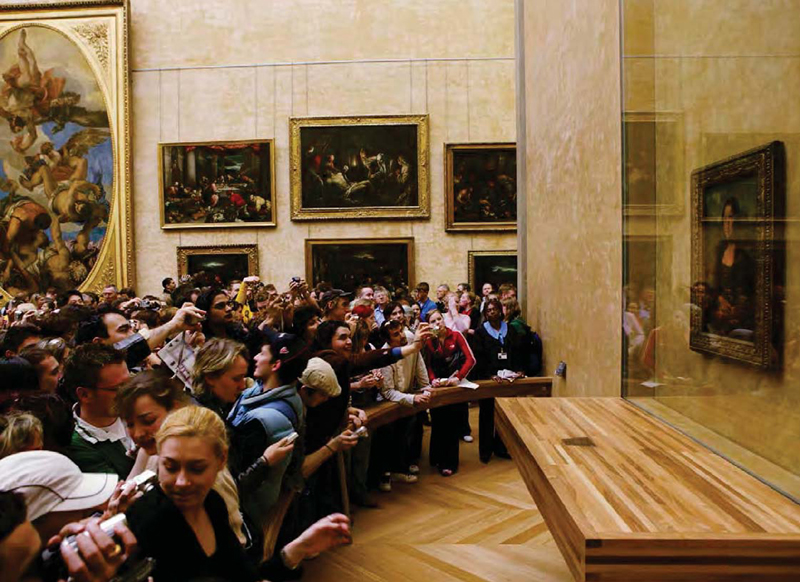
Five hundred years after Leonardo da Vinci painted it, the Mona Lisa remains a pilgrimage destination to countless visitors to the Louvre museum in Paris.
The elements of this languageits shapes, lines, colours, tones, and texturesare used in various ways to produce sensations of volume, space, movement, and light on a flat surface. These elements are combined into expressive patterns in order to represent real or supernatural phenomena, to interpret a narrative theme, or to create wholly abstract visual relationships. An artists decision to use a particular medium, as well as the choice of a particular form, is based on the sensuous qualities and the expressive possibilities and limitations of those options. The artists choice of medium, form, and technique combine to realize a unique visual image and visual language.
Historically, the quality of a painting resides both in the technical skill of the artist as well as in the artists ability to communicate via, and contribute to or advance, the visual language of his or her time. For art historians, decoding a visual language can provide a wealth of information about the social, political, economic, cultural, and religious landscape of the era in which a painting was made. While the historical development of painting carries out the evolvement of painting from a ritualistic to an artistic form, it also enables the development of an artistic ability to express changing reactions and approaches to world events through varying visual languages. The history of painting cannot be fully examined without the understanding that painting both expresses a worldview and defines it; that it both manifests and penetrates culture.
Western paintingsignifying painting not only in Europe but also in other regions that share a European cultural traditionis generally distinguished by its concentration on the representation of the human figure, whether in the heroic context of antiquity, the religious context of the early Christian and medieval world, or the mathematically driven context of the Renaissance. For most of its history Western painting was dominated by an accepted set of visual and thematic rules. Cultural, traditional, and religious authorities established institutions of representational painting and played a large role in the development of the craft. As artists required patronage, authorities that possessed social and economic power determined the function and subject matter of painting. Authorities engaged painting to serve their own directed purpose, from propaganda to religious practice and devotion. Painters were employed as skilled masters of a craft, providing a means to an end, rather than as individualistic creative artists.
Symbolic systems in the early history of Western painting were utilized and intellectually directed to serve the goal of traditional authorities. Their imagery had precise literary meanings, and their colour codes were intended primarily for narrative or devotional identification. These conventions developed simultaneously through the Middle Ages in what are known as the Byzantine and Romanesque traditions. The materials available to the artists of the time produce the flat visual aesthetic associated with both traditionsthe quality of a painting was determined by the richness of the materials used and the skill with which they were handled, rather than complexity of composition or thematic creativity.

